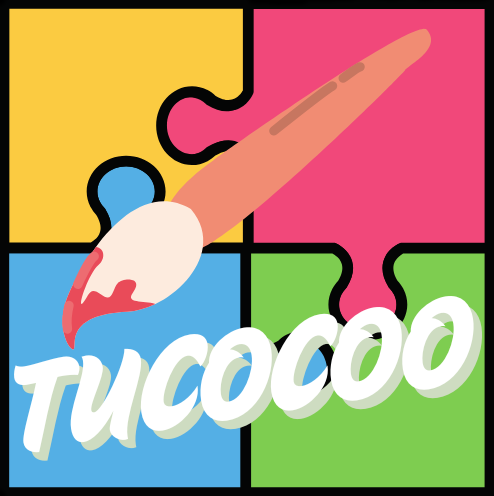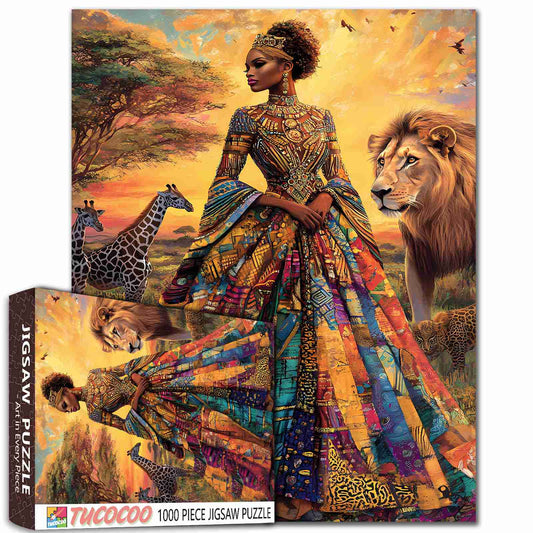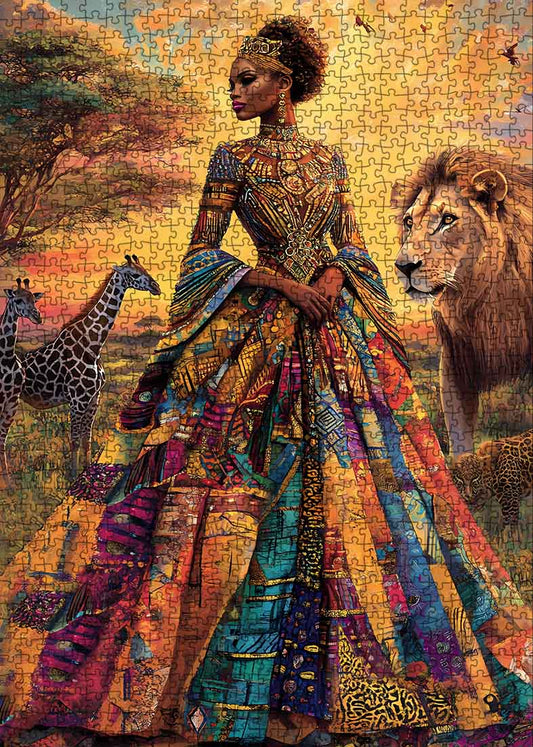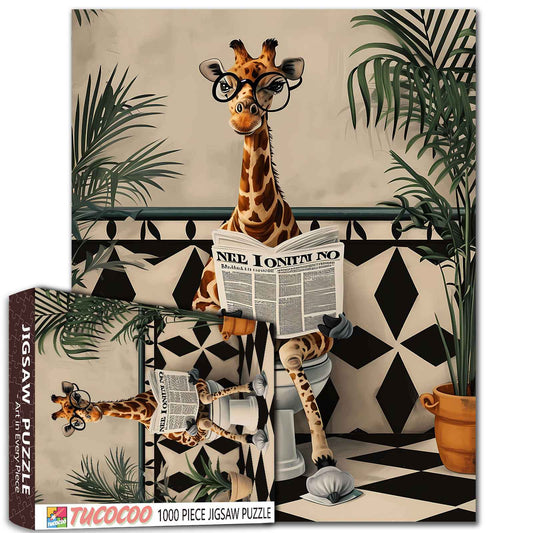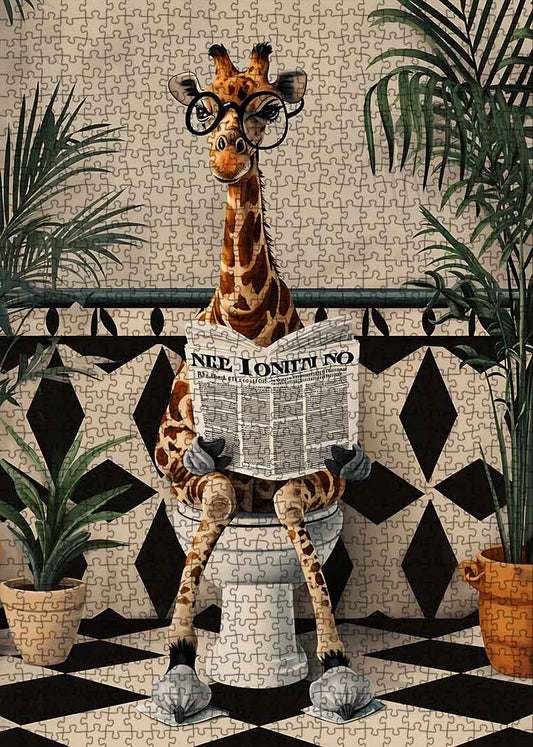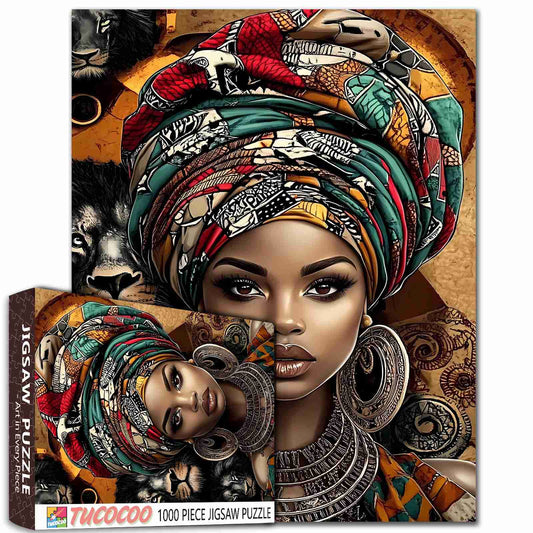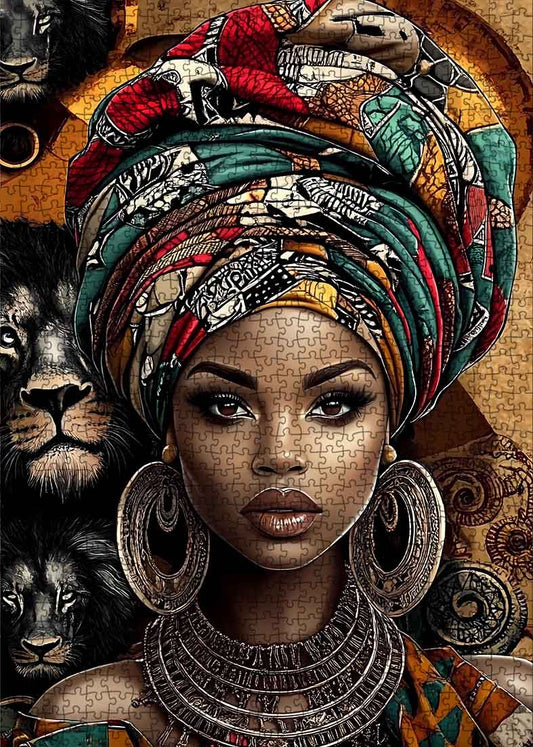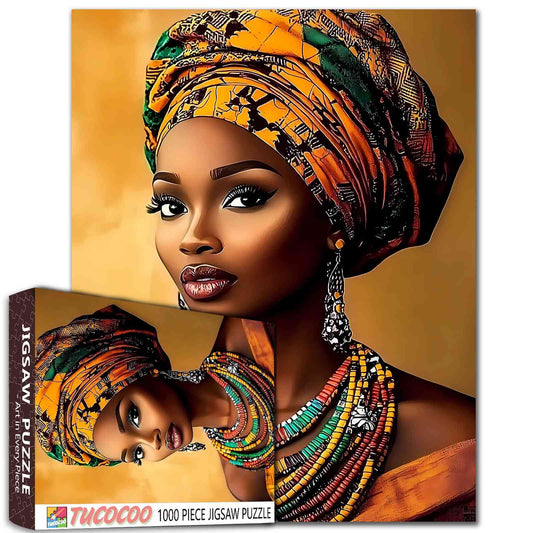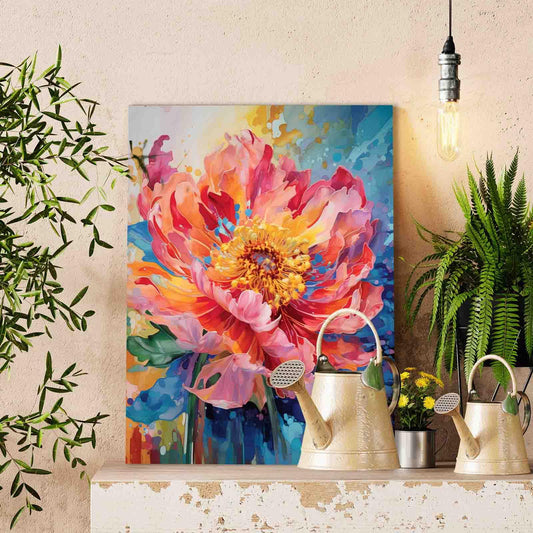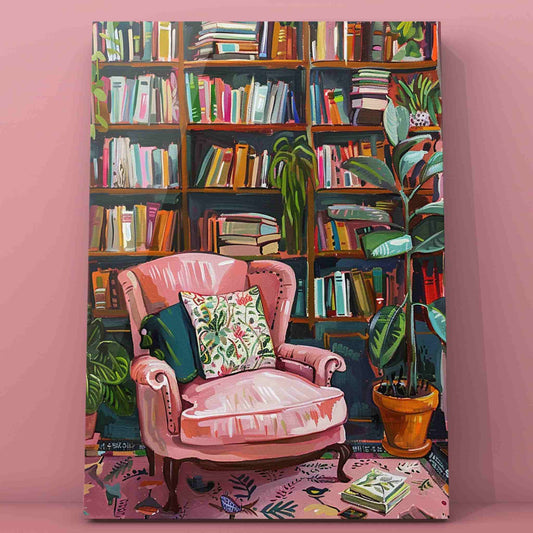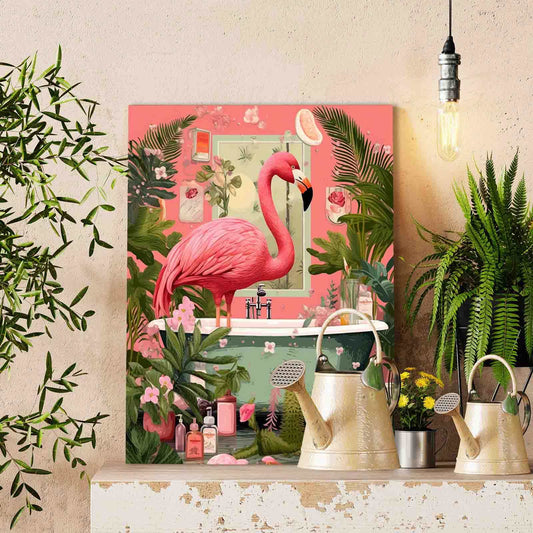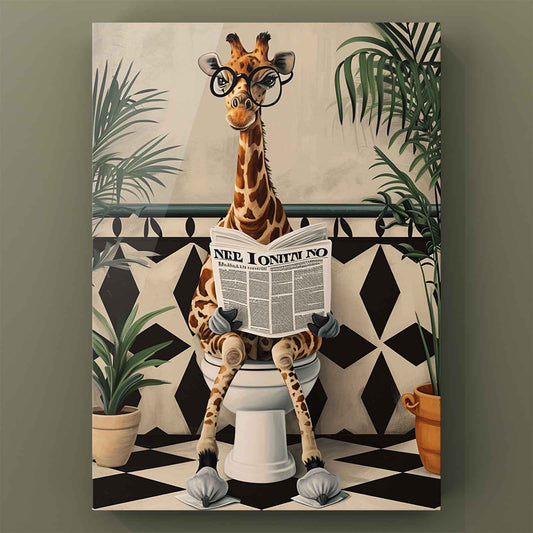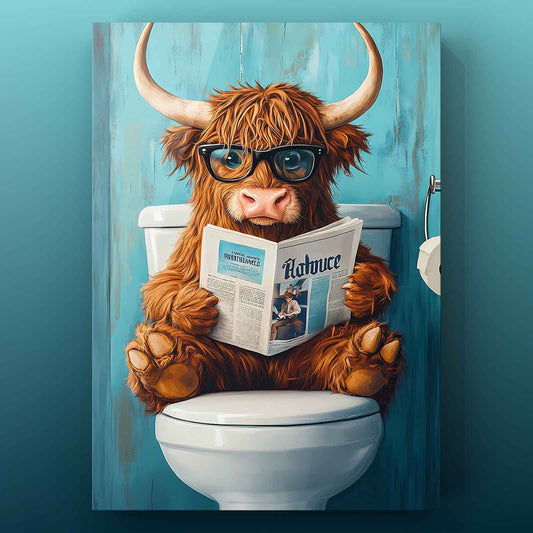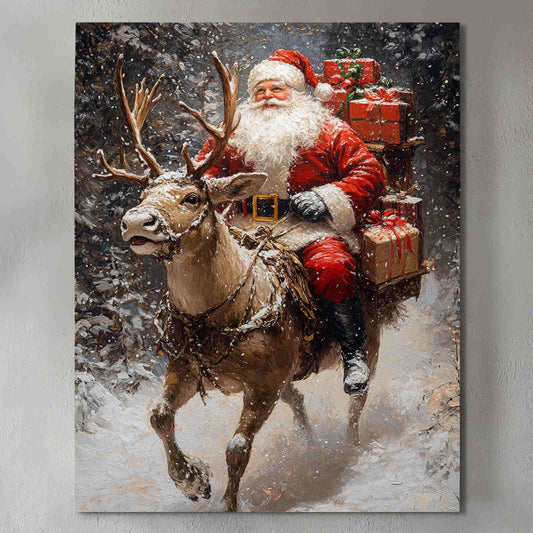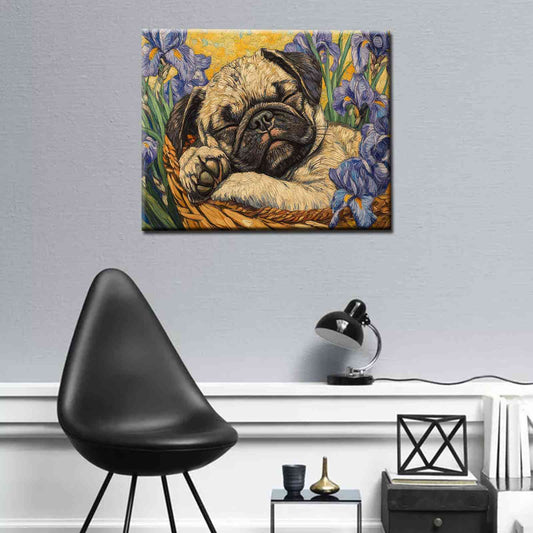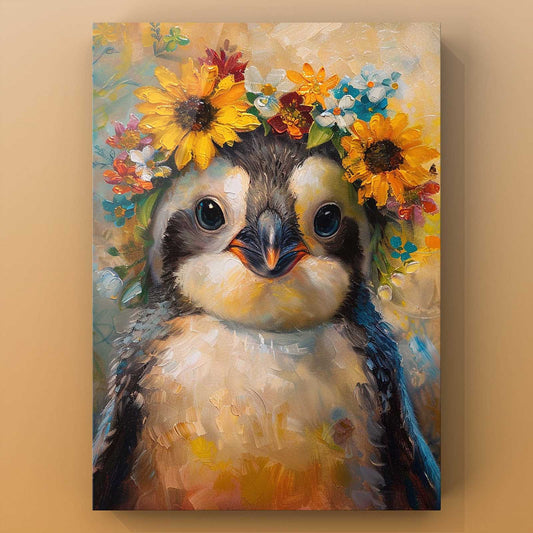
From Maps to Masterpieces: Puzzle Artwork’s Evolution
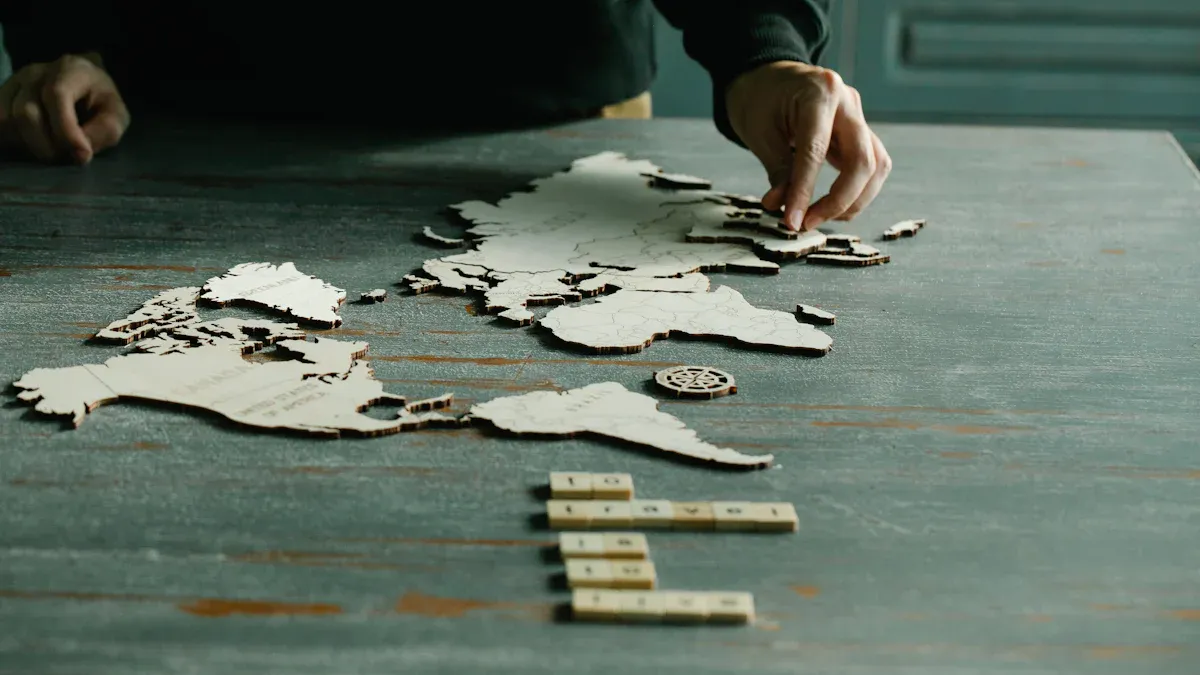
Have you ever wondered how puzzles transformed into more than just a simple pastime? Their journey began in the 18th century when European cartographers crafted "dissected maps" to teach geography. These early jigsaw puzzles weren’t merely entertaining—they served as valuable educational tools. Over the years, puzzles have grown into something far greater, fostering critical thinking and spatial reasoning skills, which is why they remain a beloved activity for educators and families alike.
The history of jigsaw puzzles also highlights how advancements in technology have revolutionized creativity. From the detailed craftsmanship of wooden designs to the innovation of modern 3D puzzles, each stage of their development has introduced new challenges and artistic expression. Today, puzzle artwork beautifully showcases how a simple concept can evolve into a cultural phenomenon.
Key Takeaways
Puzzles started in the 1700s to teach kids geography through play.
Cardboard puzzles became cheap and easy to get, making them fun for families during hard times.
Today’s puzzles use technology for cool designs and 3D fun, boosting creativity.
Working with modern artists turns puzzles into fun art everyone can enjoy.
Solving puzzles helps people relax, feel better, and bond with family.
Early Beginnings: The History of Jigsaw Puzzles
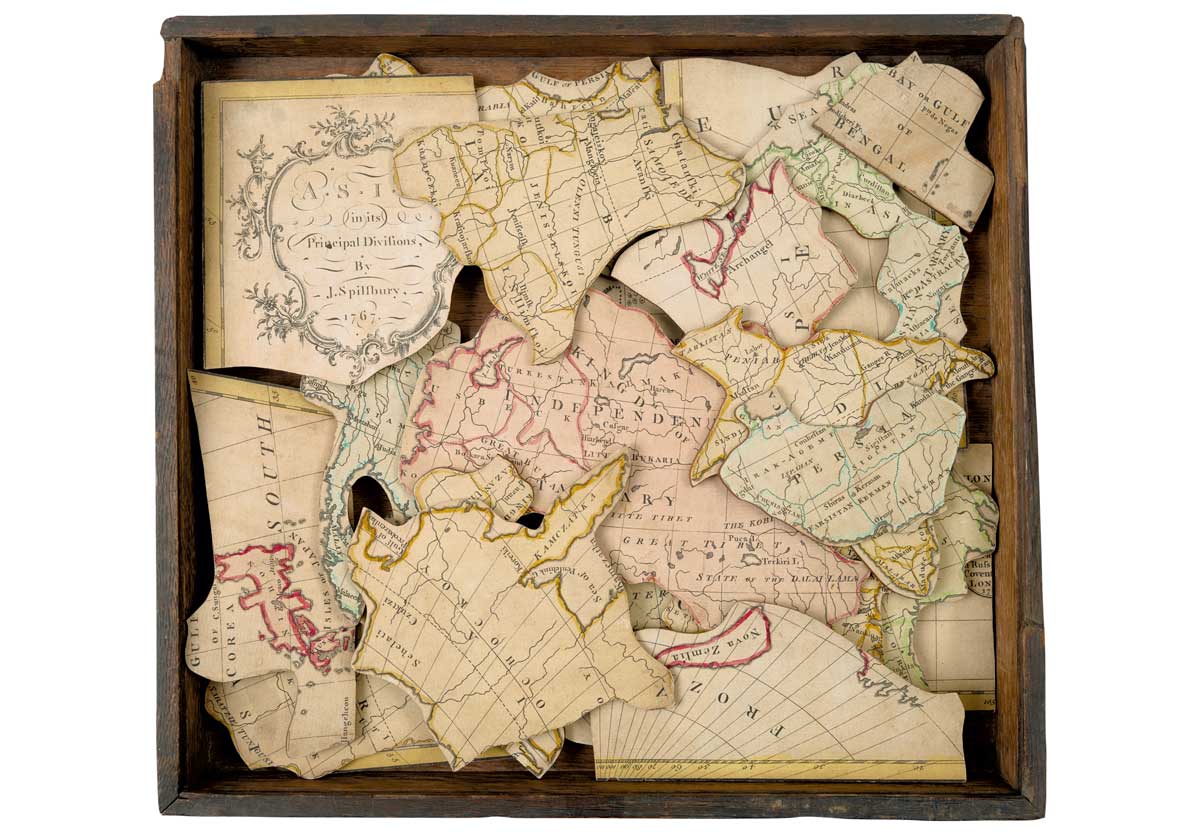
The Origins of Puzzle Artwork
John Spilsbury and the first dissected maps
Did you know that the history of jigsaw puzzles began with a geography lesson? Back in 1767, John Spilsbury, an English cartographer and teacher, created the very first jigsaw puzzle. He took a map of England and Wales, glued it onto a wooden board, and cut it into pieces along the borders of the counties. This "dissected map" wasn’t just a clever invention—it was a hands-on way to teach children geography. By piecing the map back together, kids could learn about the layout of their country in a fun and interactive way.
Spilsbury’s idea quickly caught on. Soon, puzzles weren’t just about geography. They expanded to include topics like history, botany, and even biblical stories. These early puzzles turned learning into an engaging activity, making them popular tools in classrooms and homes alike.
Educational uses in teaching geography and navigation
In the 18th century, puzzles served a clear purpose: education. They helped children understand complex subjects by breaking them down into manageable pieces. Geography was a favorite topic, but puzzles also taught navigation skills. Imagine sailors using maps to chart their courses—puzzles worked in a similar way, helping young learners grasp the basics of navigation.
These early puzzles weren’t just for kids, though. Adults also used them to explore new ideas and expand their knowledge. They became a bridge between education and entertainment, proving that learning doesn’t have to be boring.
Early Cultural Significance
Popularity among educators and the elite
In their early days, puzzles were a hit among educators and the wealthy elite. Teachers loved how they made learning interactive, while the upper class saw them as a sophisticated pastime. Owning a puzzle was a sign of status and intellect. Some puzzles even featured intricate designs and high-quality materials, making them prized possessions.
For example, the "Around the World" puzzle reflected the growing interest in geography during the age of exploration.
John Spilsbury’s dissected maps highlighted the importance of geography education in the 18th century.
Transition from educational tools to recreational activities
Over time, puzzles evolved from purely educational tools to recreational activities. As their popularity grew, they became more accessible to the general public. People started enjoying puzzles not just for learning but for relaxation and fun. This shift marked the beginning of puzzles as a beloved hobby for all ages.
Even today, the history of jigsaw puzzles reminds us of their unique ability to combine education and entertainment. Whether you’re piecing together a map or a masterpiece, puzzles continue to captivate and inspire.
The Evolution of Jigsaw Puzzles in the 19th and 20th Centuries

Industrial Advancements in Puzzle Production
Introduction of wooden and cardboard puzzles
Imagine a time when puzzles were crafted entirely from wood. In the 19th century, wooden jigsaw puzzles were the standard. They were durable and beautifully made, but they weren’t cheap. This meant only wealthier families could afford them. Things started to change in the late 1800s when cardboard puzzles entered the scene. At first, people didn’t trust them. Cardboard seemed flimsy compared to wood.
Manufacturers soon realized the potential of cardboard puzzles. They were easier to produce and much cheaper. By using die-cutting techniques, companies could create intricate designs quickly. This shift made jigsaw puzzles affordable for more people. Suddenly, puzzles weren’t just for the elite—they became a pastime for everyone.
Mass production and affordability
The introduction of cardboard puzzles revolutionized the industry. Mass production lowered costs, making puzzles accessible during tough times like the Great Depression. Families could enjoy hours of entertainment without spending much money. This affordability turned jigsaw puzzles into a household favorite.
Artistic Themes in Puzzle Artwork
Incorporation of famous paintings and landscapes
As puzzles became more popular, their designs grew more creative. In the 19th century, manufacturers started using famous paintings and scenic landscapes as puzzle artwork. You could piece together a masterpiece like Van Gogh’s "Starry Night" or a serene countryside view. These artistic themes added a touch of sophistication to puzzles, making them even more appealing.
Victorian-era influence on puzzle aesthetics
The Victorian era brought elegance to puzzle designs. During this time, puzzles featured intricate patterns, floral motifs, and romantic imagery. These designs reflected the artistic tastes of the era, turning puzzles into decorative items as well as entertainment.
The Puzzle Craze of the 1930s
Puzzles as affordable entertainment during the Great Depression
During the Great Depression, jigsaw puzzles became a lifeline for families seeking inexpensive fun. With money tight, puzzles offered a way to escape daily struggles. You could buy a puzzle for just a few cents and enjoy hours of entertainment.
Collectible puzzles and their cultural impact
The 1930s also saw the rise of collectible puzzles. Companies released limited-edition designs, sparking excitement among puzzle enthusiasts. These collectibles weren’t just games—they became cultural icons. People traded them, displayed them, and cherished them as symbols of creativity and resilience during hard times.
Modern Puzzle Artwork: Technology and Creativity

Innovations in Puzzle Design
Use of computer software for intricate designs
Have you noticed how jigsaw puzzles have become more detailed and creative over the years? That’s thanks to computer software. Designers now use advanced tools to create intricate patterns and unique shapes that weren’t possible before. These programs allow for precision, ensuring every piece fits perfectly. You can even find puzzles with irregular edges or pieces shaped like animals and objects. This innovation has made puzzle artwork more exciting and visually stunning.
Emergence of 3D and customizable puzzles
If you’re looking for something beyond the traditional flat puzzles, 3D designs are here to amaze you. These puzzles let you build famous landmarks, vehicles, or even entire cities. They’re not just fun—they’re immersive. Some even incorporate augmented reality (AR), adding a digital layer to your experience.
Customization has also taken the puzzle world by storm. You can now create puzzles from personal photos or choose designs that reflect your interests. Families love these options for bonding activities. Larger 3D puzzles are perfect for group participation, turning puzzling into a shared adventure.
Collaborations with Contemporary Artists
Limited-edition puzzles featuring modern art
Imagine piecing together a masterpiece by a contemporary artist. Limited-edition puzzles do just that. They transform traditional art appreciation into an interactive experience. Instead of just admiring a painting, you get to engage with it piece by piece. This approach introduces you to the artist’s techniques and vision in a hands-on way.
These collaborations also help artists reach new audiences. Companies work closely with creators to ensure their work is respected and accurately represented. It’s a win-win—artists gain recognition, and you get to enjoy their art in a whole new way.
Bridging the gap between art appreciation and play
Puzzles featuring modern art blur the line between creativity and fun. They make art accessible, turning it into something you can touch and explore. By solving these puzzles, you’re not just playing—you’re connecting with the artist’s story. It’s a unique way to deepen your appreciation for art while enjoying a relaxing activity.
The Role of E-commerce and Social Media
Revival of puzzles during the COVID-19 pandemic
The pandemic brought puzzles back into the spotlight. With everyone stuck at home, e-commerce made it easy to find and buy puzzles online. Platforms like Kickstarter even helped small companies launch innovative designs. Whether you wanted a classic jigsaw or a modern 3D puzzle, online stores had you covered.
Aspect |
Description |
|---|---|
Access to Products |
E-commerce provides consumers with easy access to a wide variety of puzzles and games. |
Convenience |
Online shopping is preferred due to detailed product reviews and recommendations. |
Support for Small Companies |
E-commerce platforms enable smaller game developers to reach a global audience. |
Innovation |
Crowdfunding platforms like Kickstarter foster innovation by allowing developers to gauge interest. |
Increased Demand |
The pandemic led to a surge in demand for puzzles as a form of indoor entertainment. |
Online communities and the rise of puzzle enthusiasts
Social media has turned puzzling into a shared experience. Online forums and groups let enthusiasts connect, share tips, and celebrate completed puzzles. You’ll find people exchanging designs, offering advice, and encouraging newcomers. These communities make puzzling more social and fun, whether you’re a beginner or a seasoned pro.
Cultural and Artistic Impact of Puzzles

Puzzles as a Medium for Artistic Appreciation
Making art accessible to a wider audience
Puzzles have a unique way of bringing art closer to you. They transform static masterpieces into interactive experiences, letting you engage with them piece by piece. This hands-on approach helps you notice the finer details of an artwork, like brushstrokes or color gradients, that you might otherwise miss.
Collaborations with artists also play a big role. These partnerships ensure that the artist's vision is respected while introducing their work to a broader audience. Whether it's a famous painting or a modern design, puzzles make art more approachable. Plus, solving puzzles often becomes a group activity, sparking conversations and cultural exchanges.
Encouraging mindfulness and creativity
When you work on a puzzle, you enter a state of focused relaxation. It’s almost meditative. You’re not just solving a jigsaw; you’re giving your mind a break from daily stress. This mindful engagement boosts your creativity, too. As you figure out where each piece fits, you’re training your brain to think critically and solve problems in new ways.
The Enduring Appeal of Puzzle Artwork
Nostalgia and intergenerational bonding
Puzzles hold a special place in many families. They’re a timeless form of entertainment that brings generations together. Maybe you remember working on a jigsaw with your grandparents or sharing a laugh over a tricky piece with your kids. These moments create lasting memories and strengthen family bonds.
Therapeutic benefits of puzzling
Puzzles aren’t just fun—they’re good for your mental health. Studies show that solving puzzles can reduce stress and improve your mood. The act of focusing on a task helps you forget your worries for a while. It even boosts dopamine levels, which enhances motivation and happiness. Puzzling before bedtime can improve sleep quality, and regular engagement sharpens your mind, potentially slowing memory loss.
Puzzles in Popular Culture
Appearances in movies, books, and art installations
Puzzles have made their mark in pop culture, too. Think of the mysterious puzzle box in the movie Hellraiser or the cryptic clues in The Da Vinci Code. They’ve also appeared in countless books, TV shows, and interactive games. These representations highlight the intrigue and challenge that puzzles bring to storytelling.
Symbolism of puzzles in storytelling and design
In stories, puzzles often symbolize complexity or hidden truths. They represent the idea that every piece has its place, much like life itself. This symbolism makes puzzles a powerful tool in design and narrative, adding depth and meaning to the art of storytelling.
Puzzles have evolved far beyond their origins. They’re not just a hobby; they’re a bridge between art, culture, and personal growth. Whether you’re solving a jigsaw or exploring a puzzle-themed story, you’re engaging with a timeless form of entertainment that continues to inspire.
Jigsaw puzzles have come a long way, evolving from simple tools for teaching geography into intricate works of art. They’ve reflected creativity and innovation throughout history:
The Tangram puzzle sparked a global craze in the 19th century, marking the Golden Age of Puzzles.
Japanese Kumiki puzzles and Maori hand-carved designs highlight cultural heritage and problem-solving.
Modern masterpieces, like Ravensburger’s Disney collection, showcase artistic imagination.
As technology advances, puzzles will keep surprising you with new ways to connect art, culture, and play. Their timeless charm ensures they’ll remain a favorite for generations to come.
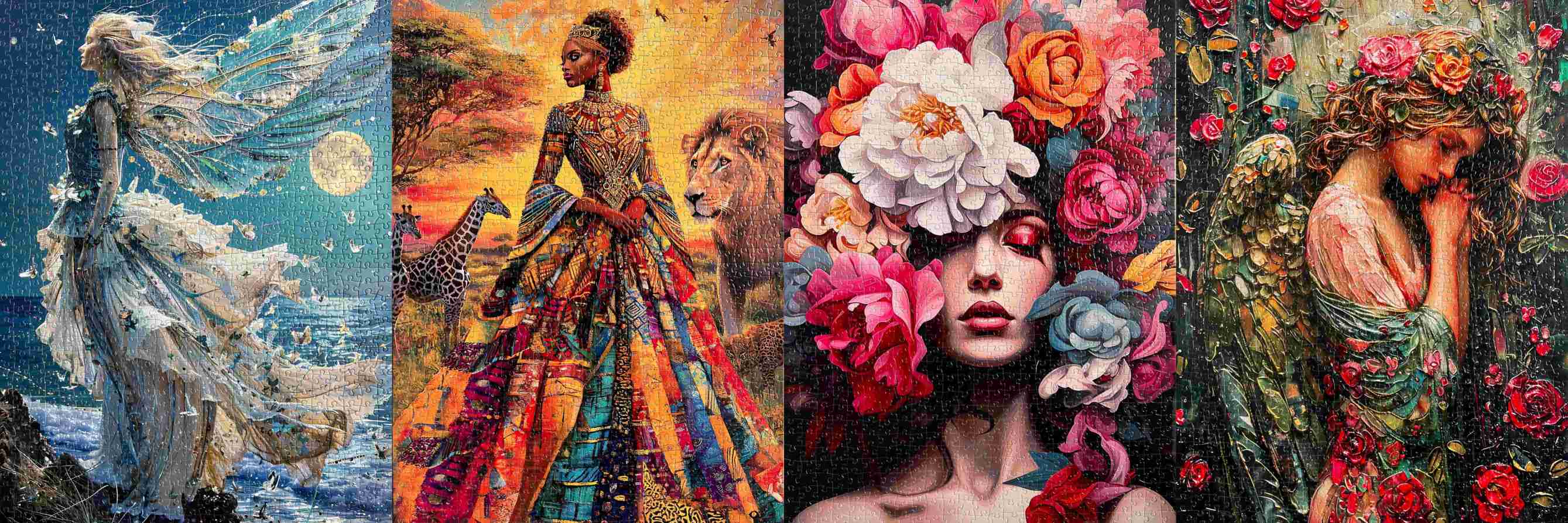
Tucocoo Jigsaw Puzzles
